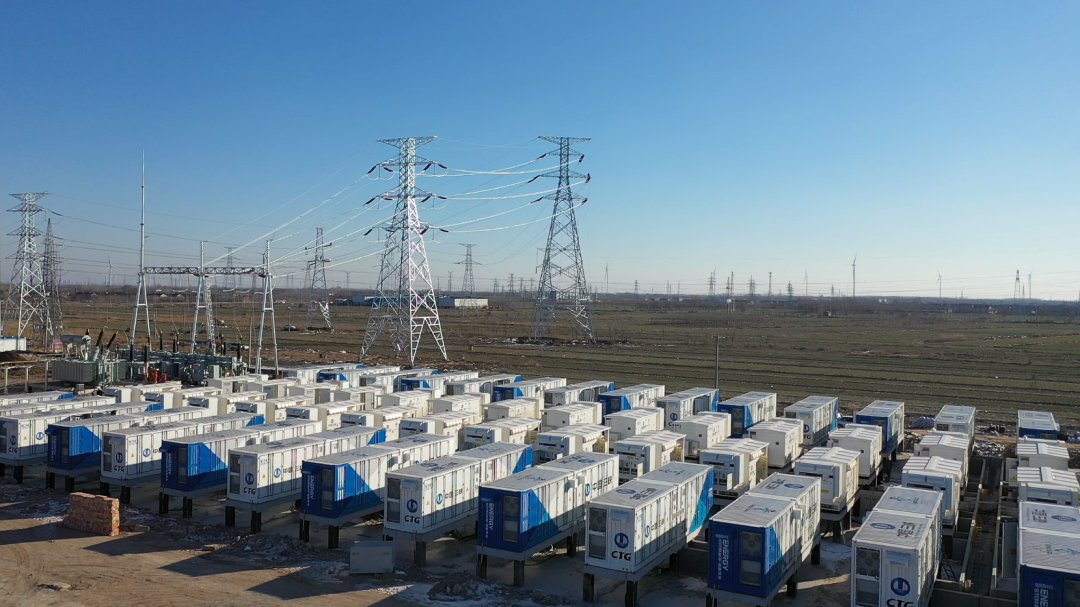
2 月 . 28, 2024 15:41 Back to list
Types of Microgrids Transforming the Industry
Microgrids have transformed the energy industry by providing a more efficient and sustainable way to generate and distribute electricity. As defined by the U.S. Department of Energy, a microgrid is a group of interconnected loads and distributed energy resources (DER) within clearly defined electrical boundaries that act as a single controllable entity with respect to the grid. This allows a microgrid to connect and disconnect from the main power grid, enabling it to operate in either grid-connected or island mode. However, simply installing a backup diesel genset at a location does not meet the technical requirements to be considered a microgrid. To qualify as a microgrid, additional equipment, communications, and control applications are necessary to ensure the system's operational controls are fully coordinated while connected to the main power grid or operating independently.
There are three main types of microgrids that have been driving innovation in the industry: remote, grid-connected, and networked microgrids. Remote microgrids, also known as off-grid microgrids, are physically disconnected from the utility grid and operate independently in island mode at all times. This isolation is typically due to the lack of available and affordable transmission or distribution infrastructure nearby. In such scenarios, renewable energy sources like wind and solar power are often utilized as a more cost-effective and environmentally sustainable solution for the microgrid operator. Additionally, many remote microgrids are incorporating battery energy storage systems to provide backup power instead of traditional generators.
Grid-connected microgrids, on the other hand, maintain a physical connection to the utility grid through a switching mechanism at the point of common coupling (PCC). This setup allows them to seamlessly transition between grid-connected and island mode as needed. When integrated effectively with the utility service provider, grid-connected microgrids can offer various grid services such as frequency and voltage regulation, real and reactive power support, and demand response. These systems are designed to address potential capacity, power quality, reliability, and voltage issues on the utility grid. In islanded scenarios, local voltage and frequency controls within the microgrid can be supported by energy storage systems like batteries or synchronous generators like CHP, natural gas, or fuel cell diesel.

Networked microgrids, also referred to as nested microgrids, consist of multiple DERs and/or microgrids connected to the same utility grid circuit segment. These systems are managed and optimized by a supervisory control system, allowing for coordination and operation of each grid-connected or islanded mode at different tiers along the utility grid circuit segment. Examples of networked microgrids include community microgrids, smart cities, and new utility adaptive protection schemes. By leveraging interconnected DERs, networked microgrids can serve a broader geographic area and provide enhanced grid resilience and flexibility.
The trend towards implementing microgrids is driven by their ability to enhance energy reliability, resilience, and sustainability for diverse applications and industries. Grid-connected microgrids, in particular, have demonstrated economic viability for various sectors such as educational campuses, medical complexes, public safety facilities, military bases, agricultural farms, commercial buildings, and industrial facilities. These microgrids offer a solution to challenges related to power outages, grid instability, and the integration of renewable energy sources. By utilizing advanced control systems and energy storage technologies, microgrids can optimize energy usage, improve grid efficiency, and minimize environmental impact.
In conclusion, microgrids represent a significant advancement in the energy sector, offering a flexible and decentralized approach to power generation and distribution. Remote, grid-connected, and networked microgrids each serve unique purposes and provide tailored solutions to meet different energy needs. As the industry continues to evolve, the integration of microgrids into the existing grid infrastructure will play a crucial role in enhancing energy reliability, sustainability, and efficiency. By leveraging the benefits of microgrids, communities, businesses, and institutions can contribute to a more resilient and environmentally conscious energy future.
Will be removed if infringing
Reference website:https://sustainablesolutions.duke-energy.com
-
Unraveling the Power of EMS Energy Management Systems
NewsOct.23,2024
-
Unleashing the Potential of Power System Management and Smart Energy Solutions
NewsOct.23,2024
-
Smart Energy Mastery: Unleashing the Power of Controls
NewsOct.23,2024
-
Smart Energy Management: Unleashing the Power of Energy Management Systems and BMS Energy
NewsOct.23,2024
-
Powering Progress: ADMS, Intelligent Management & More
NewsOct.23,2024
-
Energizing the Future: Devices, Smart Management & Savings
NewsOct.23,2024


